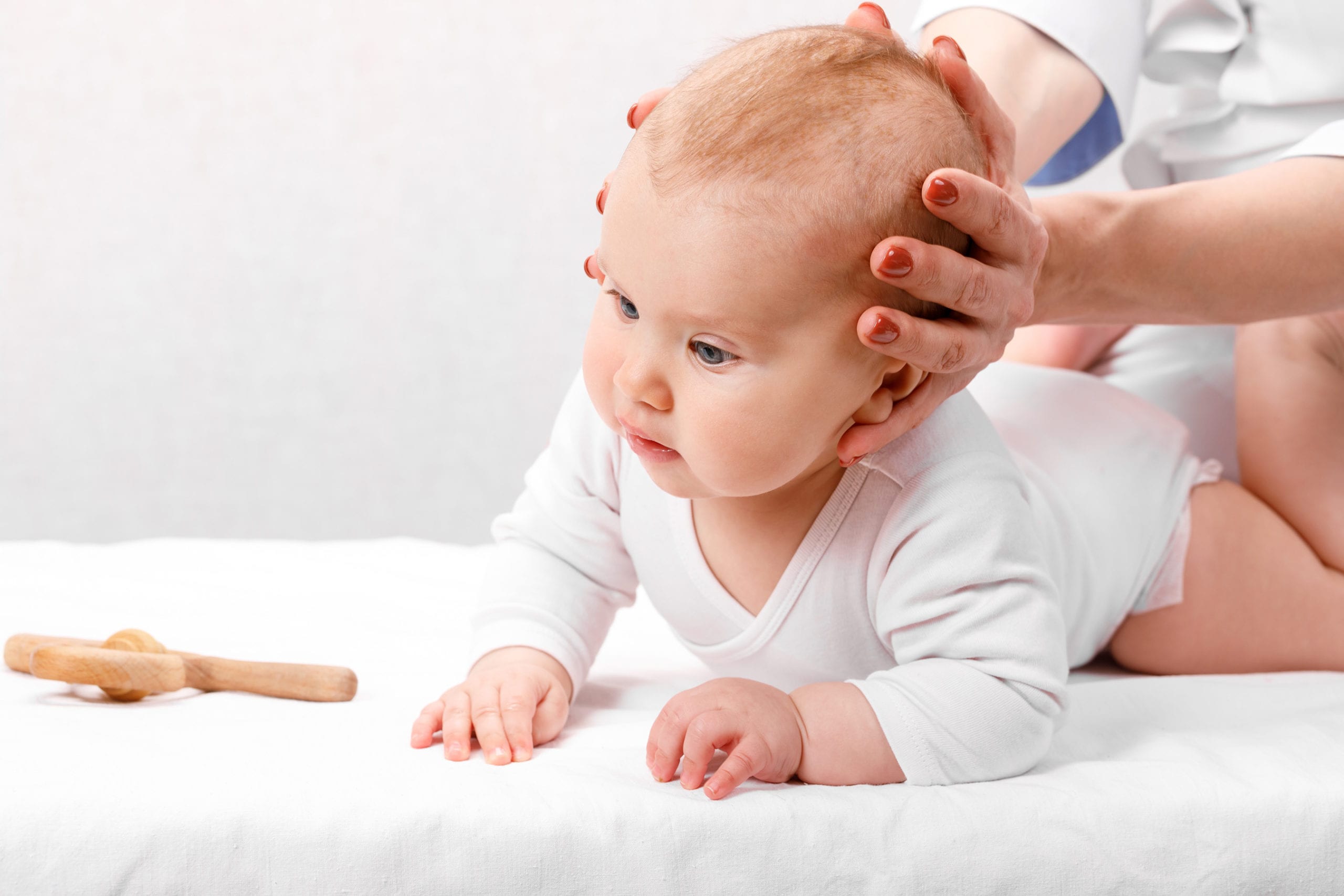Walking!
Asking for help with achieving milestones like rolling, sitting, crawling, and walking are some of the most frequent questions we get as a Pediatric Physical Therapists. Let’s start with some basics. The gold standard for many families is that the kiddo is walking by their first birthday. We’ve been told a million times that the typical milestone for walking is 12 months, but I’m here to tell you that is not always the case, and what you can do to help your kiddo walk when they’re ready.
I’ve had children learn to walk with me anywhere from 10 months to 24 months with no other diagnosis present. It probably goes without saying that if your child has something else going on, like cerebral palsy, Down syndrome, or autism, that these numbers can be vastly different. For a developing child, I find that anything between 11 to 16 months is pretty typical. However, we usually adjust for prematurity. If a child was born at 36 weeks (4 weeks early) we wouldn’t expect them to be functioning at their age level, we would expect them to be functioning at their age level minus 4 weeks.
Let’s start with the early walkers.
Most often this is looked at as an amazing achievement, and yes! It really is! However, when kids don’t spend enough time crawling on hands and knees, they miss valuable time spent strengthening their trunks, arms and legs. They have decreased time spent working on coordination because moving the opposite arm and leg at the same time and reaching for objects, helps build motor skills.
Early walkers often spend a lot less time cruising along furniture (the side stepping you see along coffee tables and couches when kids are first learning balance). This means that the inside and outside of their thighs aren’t as strong, and they may have more difficulty catching their balance if falling.
Late walkers
Later walkers can be a variety of kids. Some kids are just more cautious than their early walking counterparts. I often find that these kids like to really work towards the movements so that they’re comfortable before they start new movement. These kids often go from holding an adult’s hand to full out running in the blink of an eye! Sometimes kids that walk a little bit later are just a little bit weaker in their trunk and just don’t have the strength to balance on their own.
Tried and tested tips!
1. If your child will stand at a couch or coffee table, but wont take steps away from it…
Place the coffee table and couch (or any other two support surfaces) parallel to one another. Move them close enough so that the child can reach both at the same time but one is in front of them, and one is behind. Get their attention by using a toy, bubbles, anything, so that they hold onto both surfaces and turn their entire body. KEEP DOING THIS! Now, once they’ve mastered switching from one surface to another, push one support surface back just an inch or two, and keep having them switch from one to the other. Eventually they will be far enough that your child will have to take one step towards the other surface. Help them build their confidence!
2. If your child will walk with their hand held, but not on their own…
Try holding their hips, this will decrease dependence on hand holding. Sometimes I will wrap a sheet or towel around their waist so that the adult can stand fully straight. The child has something to hold onto, the adult can gradually reduce support, and the child is safe if they fall. Try having them hold onto a hula hoop or jump rope instead of your hands. This allows support to be reduced. If successful, I’ve seen children start to walk dragging the jump rope behind them not realizing that they really don’t have any support at all!
3. If your child won’t stand without support…
Place them with their back against the wall, a couch, or an adult’s legs. If standing against legs, the adult can give a little support at the shoulder. Have another person such as another caregiver or a sibling, blow bubbles (or anything else requiring reaching) so the child has to slightly shift their weight forward to reach. This is a great one for the child that doesn’t want to leave a parent’s side.
4. If they seem super unsteady when standing…
Encourage push toys! Now these are different than baby walkers. These are like your shopping carts where the child is free to move not strapped in. I love using laundry baskets too. Fill them up so that they don’t move very fast, and now you have an instant trunk strengthening machine. Let them get confident pushing something heavy and you’ll notice their balance and strength will improve.
Just a few final notes to leave you with: Age ranges for milestones are just an average. Learning occurs over considerable time and practice. For exapmle, new crawlers have shown to practice balance more than 5 hours a day or taking around 3,000 crawling steps. Toddlers undergo around 14,000 steps and 100 falls per day. Yes, falling is TOTALLY NORMAL. . It’s how they learn how to protect themselves and react appropriately in situations.If you still have concerns about your child learning to walk, we are always here to schedule an appointment to see if we can problem solve with you.



